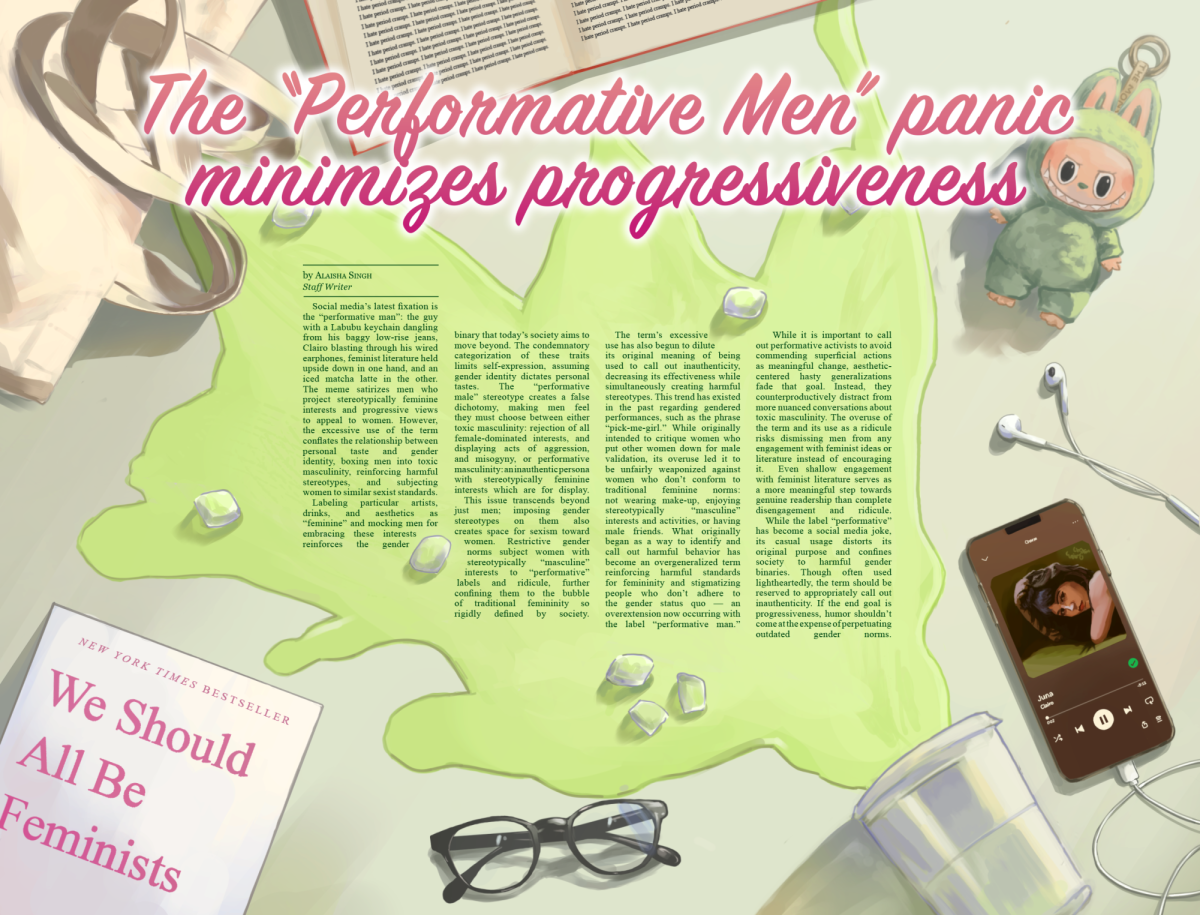In his Best Picture acceptance speech at the 97th Academy Awards, Anora director Sean Baker made a bold — yet timely — plea to the 19.7 million viewers watching entertainment’s most coveted award show: don’t abandon the big screen.
“During the pandemic, we lost 1,000 screens in the U.S. If we don’t reverse this trend, we’ll be losing a vital part of our culture,” Baker said. “Watching a film in the theater with an audience is an experience. We can laugh together, cry together, and, in a time in which the world can feel very divided, this is more important than ever. And right now, the theater-going experience is under threat.”
The statement mirrors a lamentable reality — people aren’t attending movie theaters like they used to. In 2024, theater admissions numbered at 800 million, down significantly compared to the 1.3 billion prior to the COVID-19 pandemic.
In light of a declining audience, theaters have pursued — unconventional — methods to bring back moviegoers. B&B Theatres, for example, have installed pickleball courts, cocktail bars, and even bowling alleys in hopes of “diversifying” moviegoing. While these unorthodox tactics may spark short-term curiosity, they won’t be effective in sustainably driving sales and only detract from the real value of cinemas.
It’s easy to point to the obvious culprit of the theater decline — streaming services. Over the past 5 years, platforms such as Netflix, Hulu, and HBO Max have witnessed rapid growth as audiences increasingly opt for the convenience of watching movies in their homes. As a result, theatrical release windows have shortened from an average 45 days to now as little as 17 days before being pushed to streaming.
“The perception, or more importantly, the reality at times, that everything will be available on other platforms in a matter of weeks, undercuts the sustainability of the entire [film] industry,” Cinema United president-CEO Michael O’Leary said.
Consumer confidence has also dwindled amidst the Trump administration’s tariffs; fewer people are interested in spending their discretionary income on nonessential purchases like movie tickets. In the first quarter of 2025 alone, box office revenue was down 11% from an already weak 2024, signifying reluctance to spend on the cinema.
But from heartwarming familial memories to awkward first dates, movie theaters harbor life’s most nostalgic moments. Watching a movie at home may be convenient, but going to the movies offers an unparalleled experience.
So, theaters should diversify. Not with trampolines and trivia nights, but by expanding the breadth of films they play. Cinemas are oversaturated with action, animated, and family-friendly franchise films — there’s almost always a Disney, Pixar, or Marvel film to watch at a local AMC or Regal. This may be partly because younger audiences gravitate towards these genres, but other films deserve recognition too, especially independent films — like Baker’s Anora — that are often sequestered into limited releases.
However, amidst mainstream cinemas’ struggles, the independent film has been gaining traction. Some arthouse theaters like The Frida Cinema in Santa Ana have experienced unexpected growth — with ticket sales up 37% in the first quarter of 2025, marking the theater’s most successful period ever. Playing independent films, which oftentimes feature richer, more complex storytelling than the typical blockbuster, would introduce the theater to audiences that would typically resort to streaming.




























































